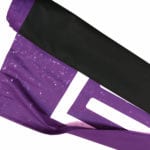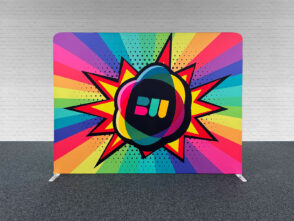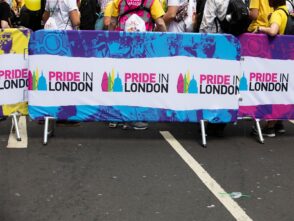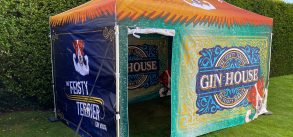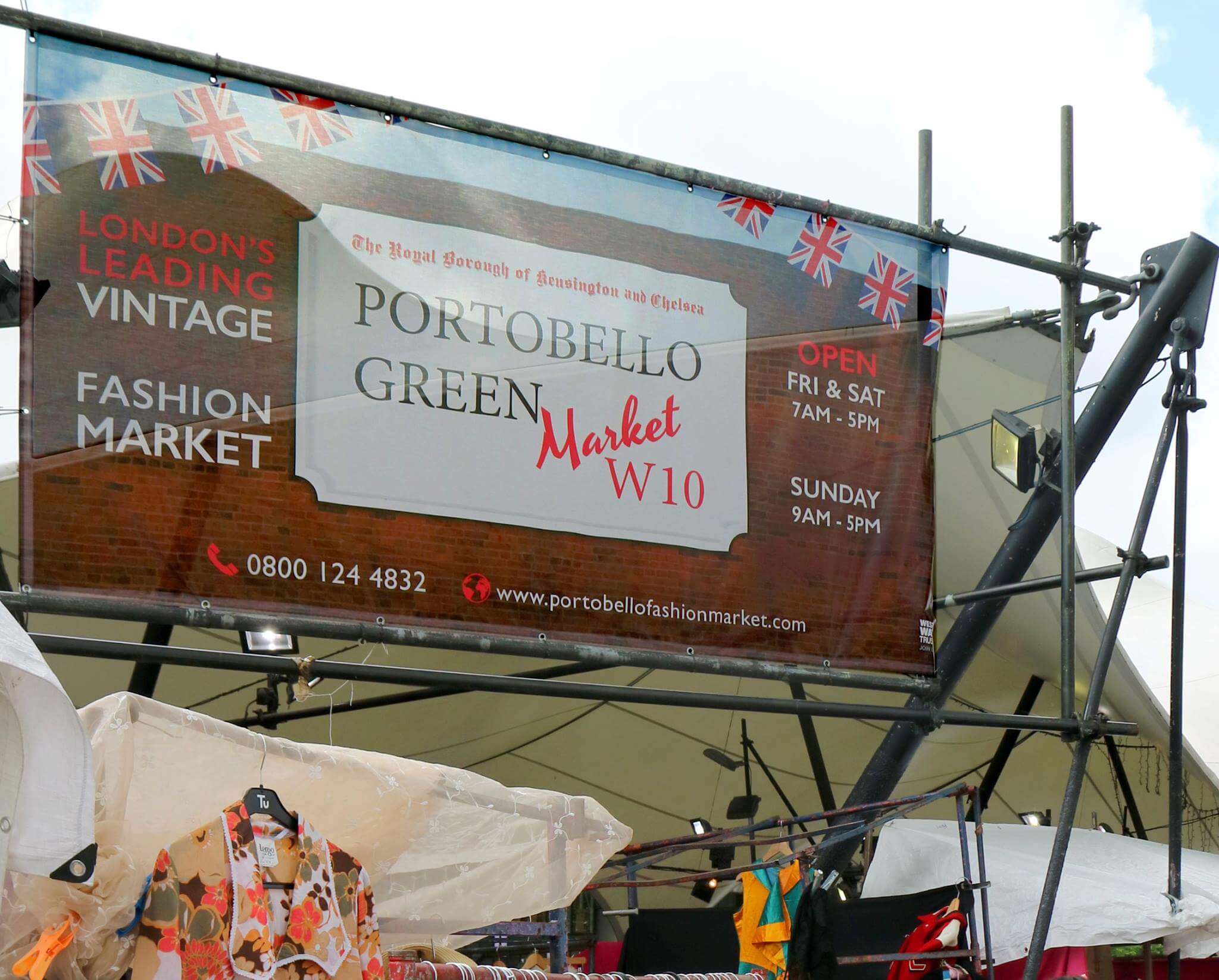Dye sublimation is a printing process used on many types of fabrics to produce banners, flags, backdrops and soft signage products. The most common materials used with dye sublimation printing are polyester-based fabrics.
Soft fabrics offer many advantages over PVC vinyl banner material. The main advantage of Dye sub printing is the bright colours and superb finish of the material. Dye-sublimation offers a continuous tone, almost photographic quality with vibrant colours and sharp detail. Fabrics are also less likely to reflect light, making them ideal for use on stage or any location subject to spotlighting or flash photography.
Products which require the utmost flexibility in their fabrics such as cafe banners, backdrops, cushions and furnishings cannot easily use PVC materials.
We print onto white fabrics at up to 3.2 metres wide which are printed in full colour.
What does the word sublimation mean?
The term sublimation means to transform from a solid to a gas without becoming a liquid. Research has found that in regards to dye sublimation printing, the fact is actually incorrect. Some of the dye does liquify, which means that using the term sublimation isn’t actually correct. Because of this, it means that the process is sometimes also referred to as Dye-Diffusion. However, the original name of Dye Sublimation is more commonly used. Dye-sublimation printing uses a mix of Cyan, Magenta, Yellow and Black colours (CMYK) to print high density vibrant printed polyester-based /polymer coated fabrics. The process is also referred to as digital sublimation.
How Dye Sublimation Printing Works
The Sublimation process works by using dye inks which are suspended in a liquid solvent. The graphics are printed in reverse onto a coated heat-resistant transfer paper. The images on the paper are then transferred onto the fabric material using a specialised heat press which generally operates at around 180-210c (370F). Working under high temperate and pressure the heat press turns the dye into gas which fuses with the fabric and then solidifies into the fibres when cooled. Once the sublimation process is completed, the finished fabric is permanently dyed and can be washed without fading or causing damage to the graphics. Once the process is complete, the dye is ingrained into the material on a molecular level meaning the dye cannot be washed out or scratched off.
Dye Sublimation printing can commonly be seen in Band Banners, Stage Backdrops, Beach Flags, Feather Flags, Crowd Flags and Soft Signage.
Advantages of Dye Sublimation
The benefits of Dye sublimation are as follows:
- Graphics do not fade
- High photographic quality
- High colour vibrancy
- Full colour over the whole area
- Prints won’t crack or scratch
- Machine washable
- Eco-Friendly process




